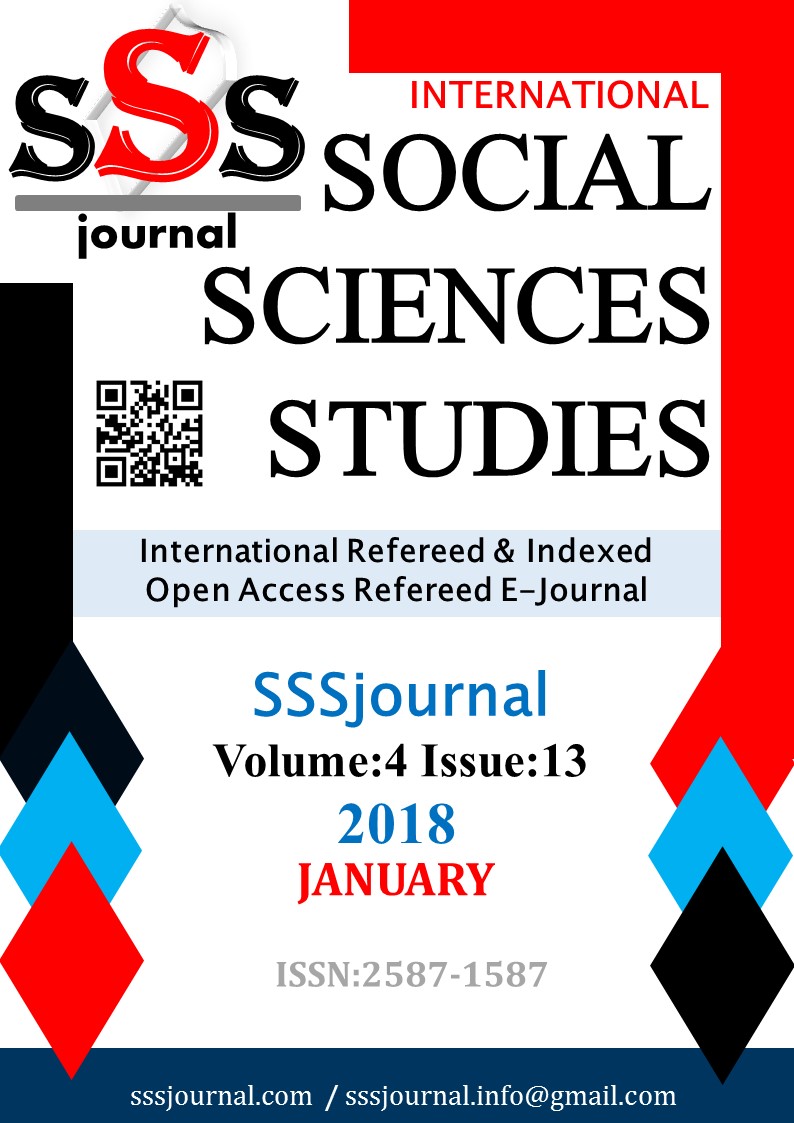Author :
Abstract
Türkiye ekonomisi işsizlikle mücadelede önemli bir mesafe kat etmiş olsa da gerek işsizliği azaltmada gerek yeni istihdam alanları yaratarak artan nüfusuna iş olanakları sağlamakta zorluk çekmektedir. İşsizlik sorununun etkilerini azaltmak için uygulanan para ve maliye politikaları büyümeyi kısmen desteklemektedir. Uygulanan politikaların etkilerinin kalıcı olabilmesi için yapısal dönüşümü gerçekleştirecek politikaların uygulanması gerekmektedir. İşsizlik, verimlilik ve reel ücretler birbiri ile yakın ilişkili değişkenler olup, değişkenlerin birbirini hangi yönde etkilediği literatürde geniş bir tartışma konusu olmuştur. Ekonomide yapısal dönüşümü sağlayacak politikaların etkin uygulanabilmesi için istihdamı etkilediği düşünülen değişkenlerin doğru tespit edilmesi gerekmektedir. Bununla birlikte değişkenlerin birbirini etkileme yönü ve şiddeti son derece önem kazanmaktadır. Bu çalışmada 2007-2015 dönemi için reel ücretler, işçi verimliliği ve işsizlik oranı arasındaki ilişkinin çeyrek dönemlik veriler yardımıyla incelmiştir. ARDL sınır testi yaklaşımı kullanılarak yapılan ampirik analiz sonuçlarına göre ele alınan değişkenler arasında uzun dönemli bir düzey ilişkisi bulunmuştur.
Keywords
Abstract
Turkey's economy has come a long way in the struggle against unemployment, although he had difficulty both in reducing unemployment and to provide job opportunities for rising population. The effects of monetary and fiscal policies that reduce the unemployment problem also provide partial support for economic growth. The effects of the implemented policies to be effective permanently, it is necessary to implement policies to carry out the structural transformation in the economy. Unemployment, productivity and real wages are closely related to each other and in the literature there is a debate on the direction of realations among these variables. For effective policies to ensure structural transformation in the economy it is necessary to identify the variables accurately. However, it becomes extremely important variables that influence the direction and intensity of each other. In this study, the relationship among real wages, labour productivitiy and unemployment rate was examined for the period 2007-2015 with the use of quarterly data. Empirical findings obtained by the ARDL bounds testing approach reveal that there is a long-term level relationship among the variables.
Keywords
- Barnichon, R.(2010), Productivity and unemployment over the business cycle, Journal of Monetary
- Barnichon, R.(2010), Productivity and unemployment over the business cycle, Journal of Monetary Economics, Volume 57, 1013-1025.
- Blanchard, Olivier.(2007), “A Review of Richard Layard, Stephen Nickell, and Richard Jackman's"unemployment: Macroeconomic Performance and the Labour Market"”. Journal of Economic Literature 45(2), 410–418.
- Bocutoğlu, E. (2013), Karşılaştırmalı Makro İktisat Teoriler ve Politikalar, Ekin Yayın Evi
- Gordon R. J.(1995), İs There A Tradeoff Between Unemployment And Productiğvity Growth?, NBER working Paper Series No: 5081
- Gujarati, D. N. (1999). Basic econometrics, Mc Graw Hill, Literatür Yayıncılık, 3rd Edition,İstanbul
- Granger, C. W. J., & Newbold P. (1974). Spurious regressions in econometrics. Journal of Econometrics, 2(2), 111-120.
- Kenar, N.(2005) İşgücü verimliliği nedir. Nasıl artar http://www.messegitim.com.tr/ti/582/0/IS-GUCU- VERIMLILIGI-NEDIR
- Metin, K. ve Üçdoğruk, Ş. (1998). Türk İmalat Sanayii’nde Uzun Dönem Ücret-Fiyat-İstihdam İlişkilerininEkonometrik Olarak İncelenmesi, Çukurova Üniversitesi İktisadi ve İdari Bilimler Dergisi, 8, 1, 279-287.
- Narayan, P.K. & Narayan S. (2005). Estimating income and price elasticities of imports for Fiji in a cointegration framework”, Economic Modelling, 22(3), 423–438.
- Özata, E. ve Esen, E.(2010), "Reel ücretler ile istihdam arasındaki ilişkinin Ekonometrik analizi."Anadolu Üniversitesi Sosyal Bilimler Dergisi, Cilt 10 Sayı 2, 55-70.
- PAYA, M. (2013) Makro İktisat, Türkmen kitabevi 2013
- Perron, P. (1990). Testing for a unit root in a time series with a changing mean, Journal of Business & Economic Statistics, 8(2), 153-162.
- Pesaran, M. H., Y. Shin, and Smith, R. J. (2001), “Bounds Testing Approaches to the Analysis of Level Relationships,” Journal of Applied Econometrics, Vol.16, 289-32
- Phillips, P. C. B. and Perron, P. (1988). Testing for a Unit Root in Time Series Regression, Biometrika, 75(2), 335–346.
- Ritschl, A. ve Broadberry, S. (1995), Real wages, productivity and unemployment in Britain and Germany during the 1920's. Explorations in Economic History, 327-349.
- Sangho K, Hyunjoon L, Donghyun P.(2010), Productivity and Employment in a Developing Country: Some Evidence from Korea, World Development, Volume 38, Issue 4, 514-522.
- Türedi, S. ve Terzi H.(2009) "Türkiye’de Kamu-Özel İmalat Sanayinde Ücret ve İşgücü Verimliliği İlişkisi." Eskişehir Osmangazi Üniversitesi Sosyal Bilimler Dergisi 10.1, 143-162.





